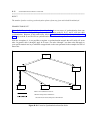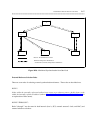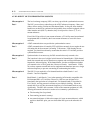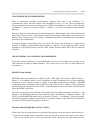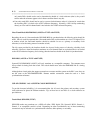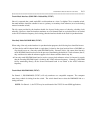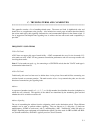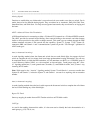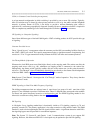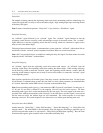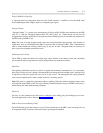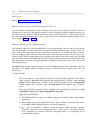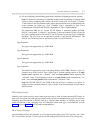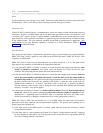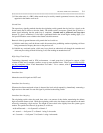C-2 TRUNKING TERMS AND CAPABILITIES
_ ___________________________________________________________________________________________________________________________
_ ___________________________________________________________________________________________________________________________
_ ___________________________________________________________________________________________________________________________
Alerting Signals
Functions to establish the way information is sent and received across trunks, once they are seized. For tie
trunks, there exist five different alerting signals. They are referred to as: Automatic, Delay-Dial, Dial-Tone,
Immediate Start, and Wink Start. For loop start and ground start trunks, they are referred to as ringing and
dial-tone.
APLT—Advanced Private Line Termination
A PBX trunk interface for connecting to either a CO-based CCSA network or a CO-based EPSCS network.
The APLT provides for network inward dialing, direct outward dialing to the network, and other features
similar to those provided on the public exchange network. This trunk type can tandem through the PBX
without attendant assistance if the network has the capability. System 75, System 75 XE, System 85,
DIMENSION PBX, and Generic 1 and 2 communications systems all provide ‘‘Cut-Through’’ operation for
APLT trunk types.
Auto (or Automatic-incoming)
A trunk signaling method where the distant-end switch does not send dialed digits, but expects the local
switch to complete the call (at seizure time) based upon predetermined routing information. The call may
be completed directly to either the PBX attendants, to CAS attendants over RLTs, to a UCD/DDC group or
a vector directory number (VDN), to a voice terminal, or data end point. Trunk groups using the ‘‘Auto-
in’’ signaling method are (1) some ground-start CO trunks, (2) some E&M tie trunks, and (3) some 1-way
incoming WATS trunks.
Note: With regard to the ‘‘Auto-in’’ signaling method, System 75 and Generic 1 are more versatile than
System 85 and Generic 2, in that the System 75 and Generic 1 can auto-in to anything with an extension
number.
Auto (or Automatic-outgoing)
A trunk signaling method where the local switch expects the distant-end switch to complete the call without
the local switch sending any of the dialed digits.
Bypass Tie Trunk
One-way outgoing tie trunks from an ETN Tandem switch to an ETN Main switch.
Call Type
As used in the trunking characteristics tables, it is the term used to identify the basic characteristics of a
trunk group e.g., CO, FX, tie, etc,.



